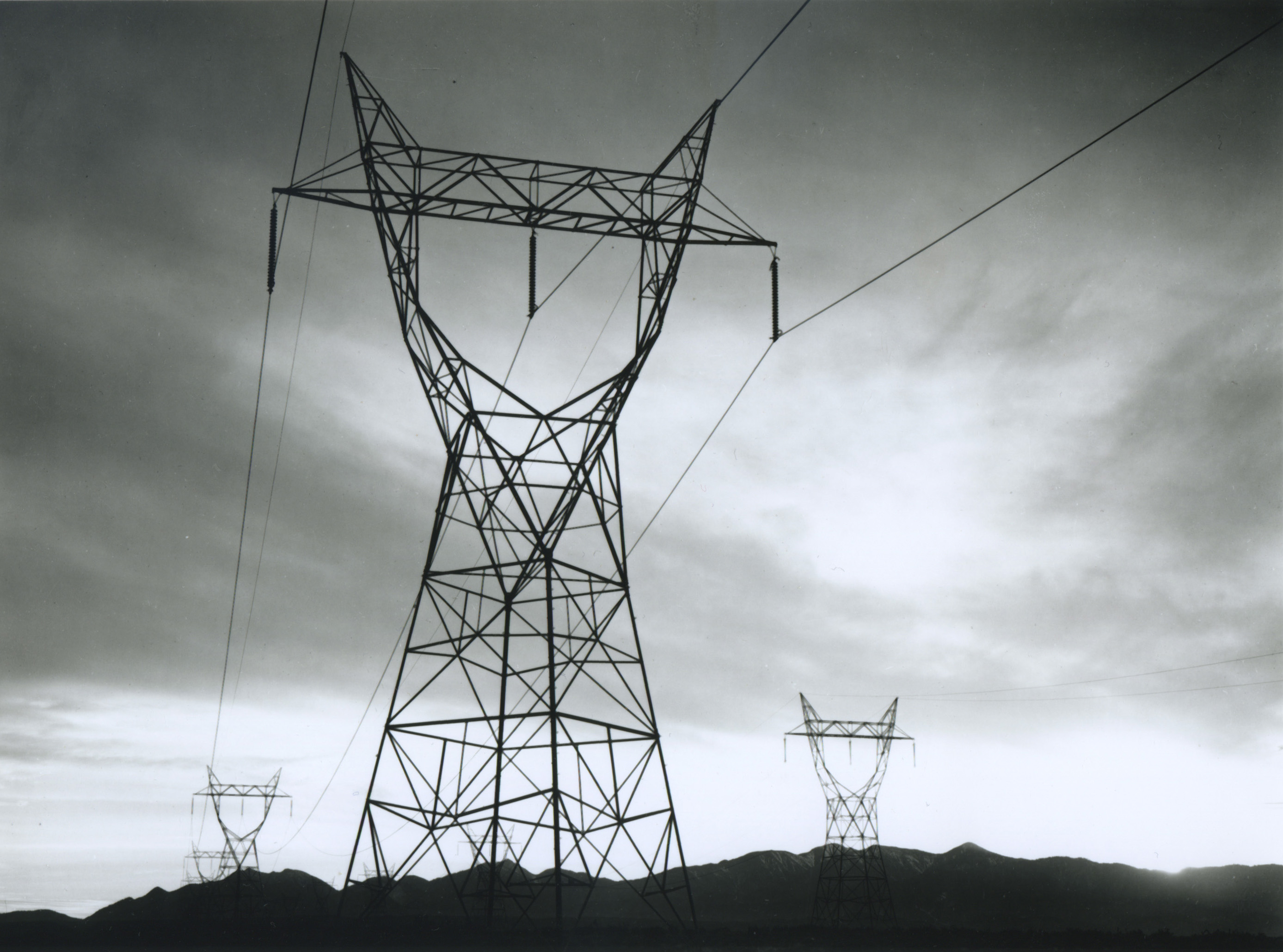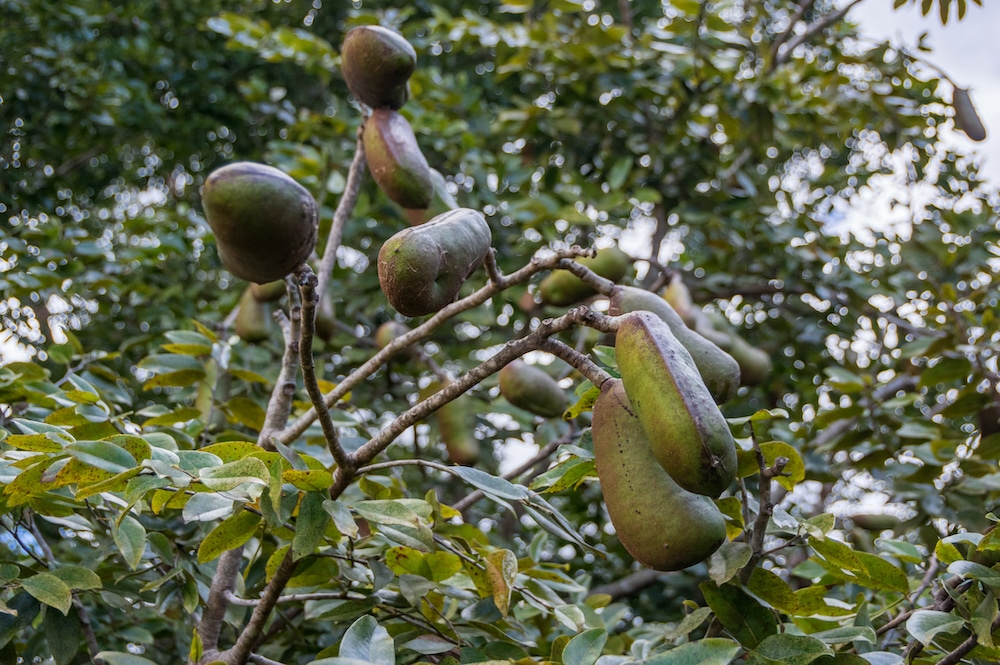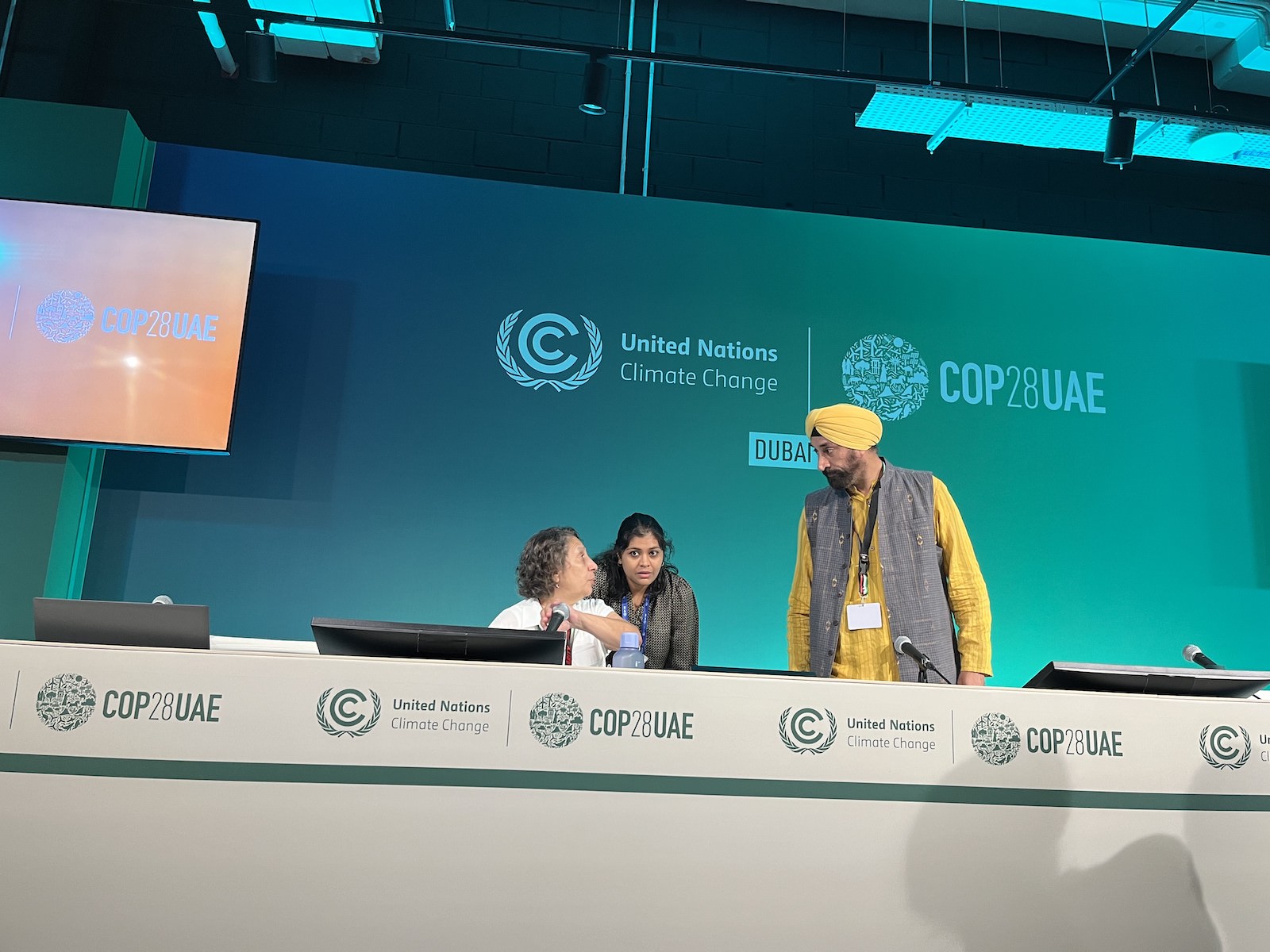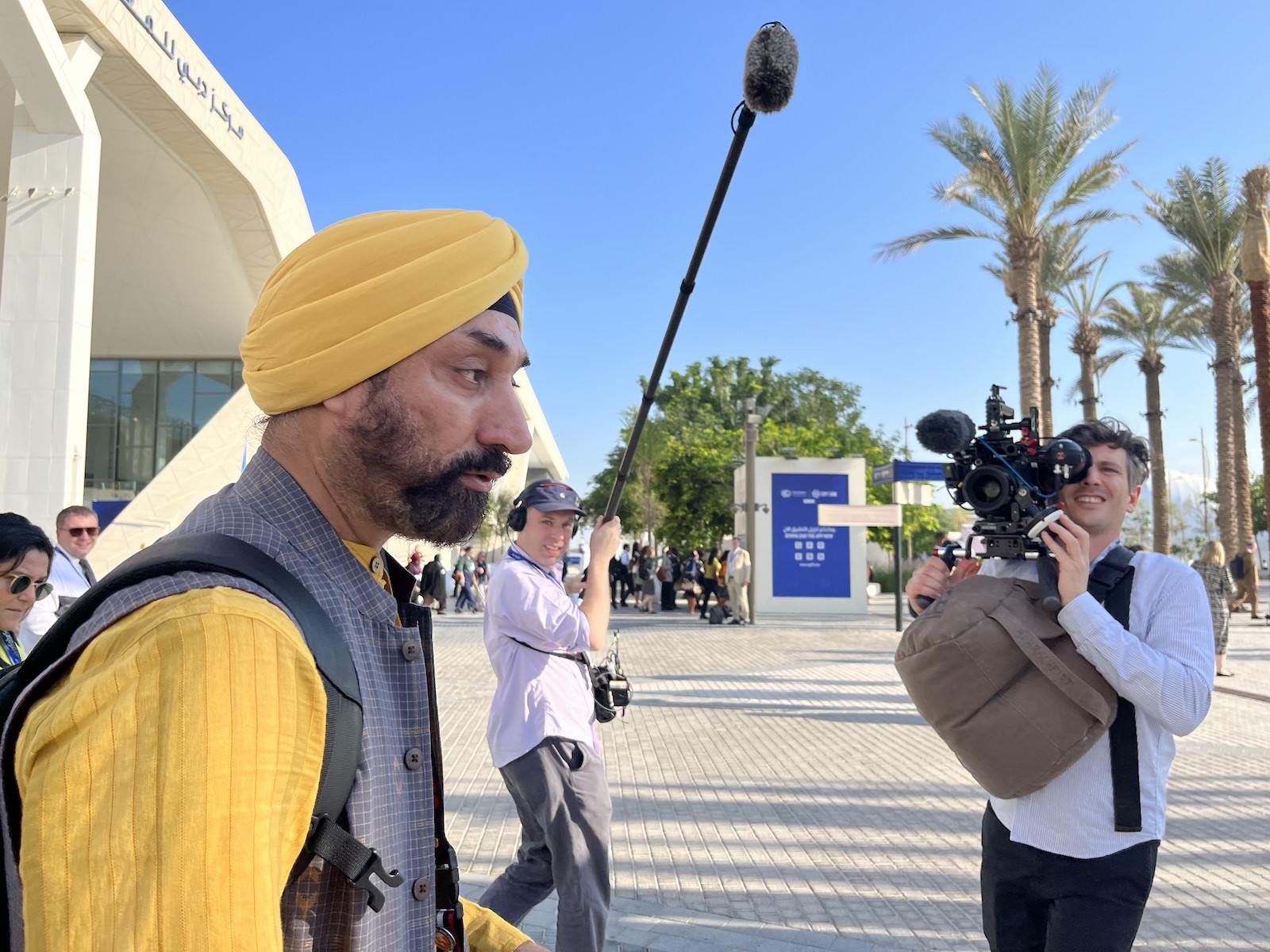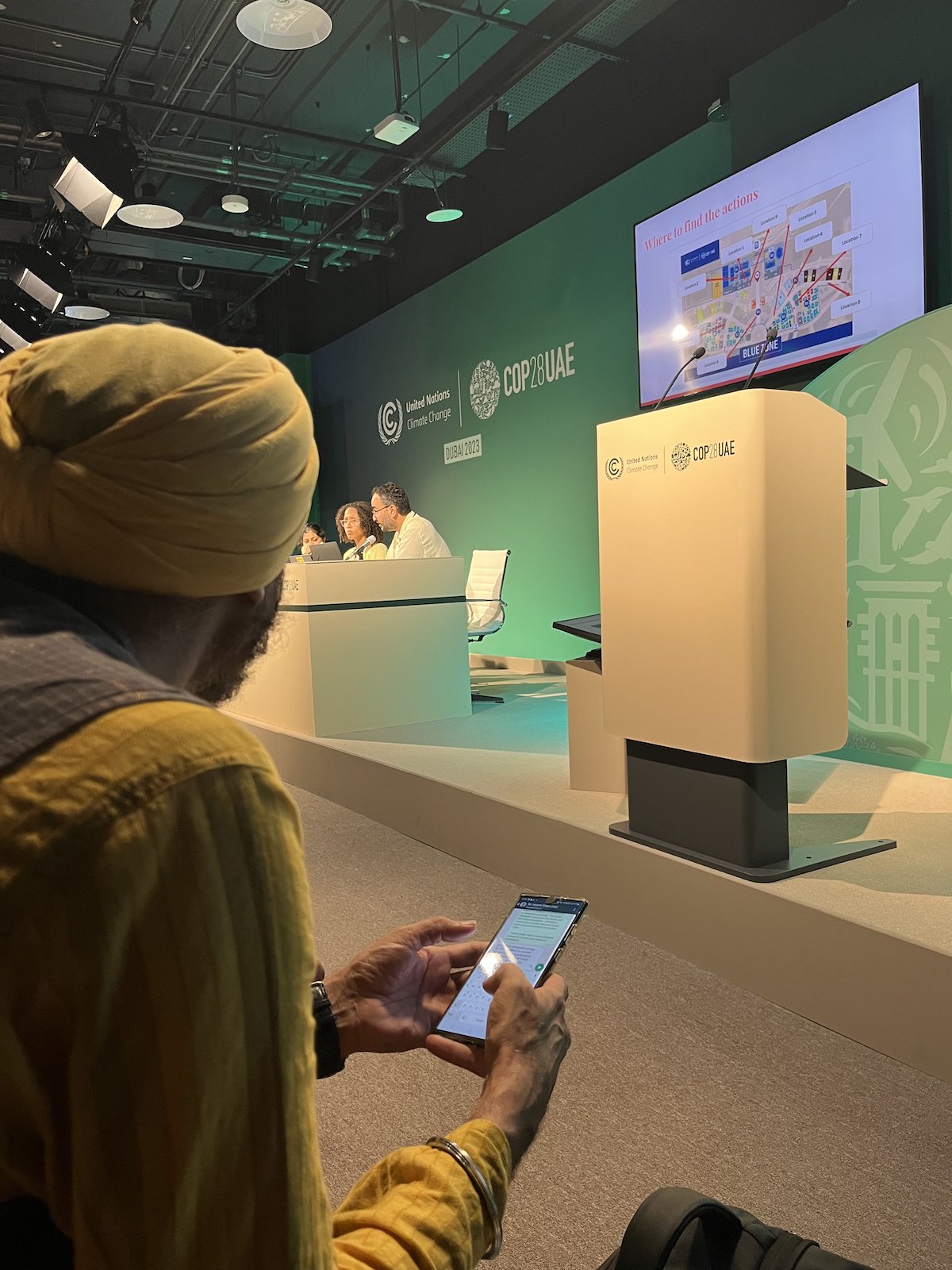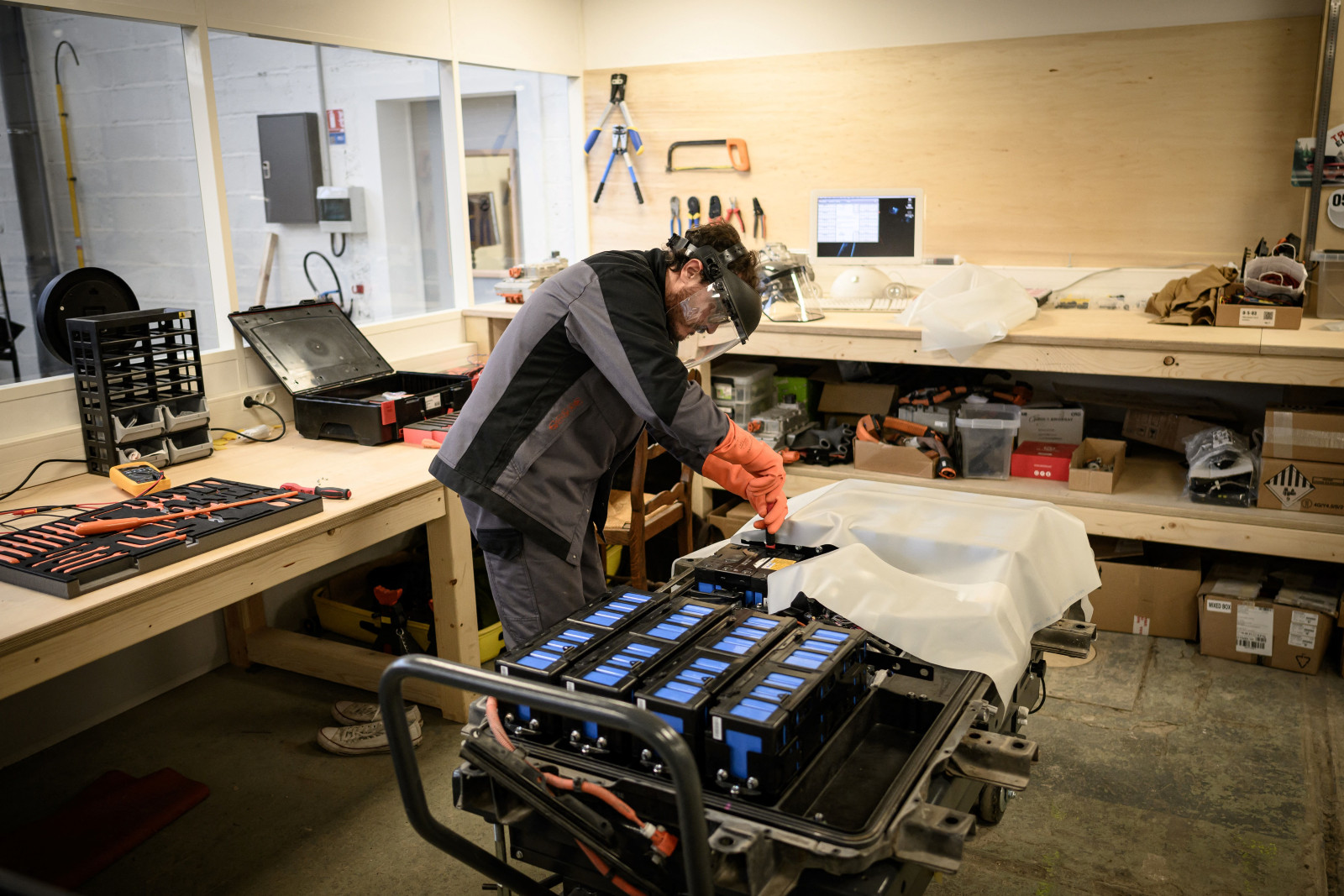
This story was originally published by CalMatters.
The world’s oceans may be vast, but they are getting crowded. Coastal areas are congested with cargo ships, international commercial fishing fleets, naval vessels, oil rigs and, soon, floating platforms for deep-sea mining.
But the Pacific Ocean is going to get even busier: Nearly 600 square miles of ocean off California have been leased for floating wind farms, with more expected. Now the state is considering hosting another renewable energy technology in the sea: Blue power, electricity created from waves and tides.
A new law signed by Gov. Gavin Newsom in October instructs state agencies to study the feasibility and impacts of capturing ocean movement to create power and report back to the Legislature by January 2025.
The goal is to jumpstart an industry that could fill in the power gaps as California tries to achieve its goal of transitioning to an all-renewable electric grid by 2045.
But for all the interest in renewable energy — and the government subsidies — public investment in ocean energy has lagged. And the technology that would make the projects more efficient, cost effective and able to withstand a punishing sea environment is still under development.
So far, a handful of small demonstration projects have been launched off the West Coast, although none has produced commercial power for the grid. Through 2045, the California Energy Commission’s new projections for future power do not include any wave and tidal power. Yet energy experts say there is great potential along the Pacific coast.
“Of all the energies out there, marine energy has been the slowest to develop. We are kind of where land-based wind was 20 or 30 years ago,” said Tim Ramsey, marine energy program manager at the U.S. Department of Energy’s Water Power Technologies Office.
Energy from waves and tides is generated by an action that the ocean almost always provides — movement. Although wave and tidal devices take different forms, most capture the ocean’s kinetic motion as seawater flows through cylinders or when floating devices move up and down or sideways. In some cases, that movement creates hydraulic pressure that spins a turbine or generator.
As with all developing energy technologies, Ramsey said, the cost to produce wave and tidal power is expected to be quite high in the early years.
Although there have been advances in technology, getting ocean-based projects from the pilot stage to providing commercial power to the grid is the next hurdle for the industry — and it’s a substantial one.
“It’s very expensive right now, and really hard to do. Working out in the water is very complex, in some cases in the harshest places on Earth…Then being able to build something that can last 20 to 30 years. We’ve made progress, but we’re a decade away,” Ramsey said.
State Sen. Steve Padilla, a Democrat from Chula Vista and the author of the wave energy bill, said ocean power has “great potential” but it has been agonizingly slow.
“Folks have been busy focusing on other things,” he said, citing the state’s current push for floating offshore wind development. “There has been a combination of a lack of knowledge and awareness of the infrastructure and impacts. We know the state’s energy portfolio has to be as broad as possible.”
A spokesperson for the California Energy Commission, which is taking the lead on the new state study, declined to comment about wave power, saying its work has not yet begun.
The potential is enticing: The National Renewable Energy Laboratory estimated that the total wave and tide energy resources that are available in the U.S. with current technology are equivalent to 57 percent of 2019’s domestic energy production. While the report noted that the technologies are in early stages of development, “even if only a small portion of the technical resource potential is captured, marine energy technologies would make significant contributions to our nation’s energy needs.”
The U.S. Department of Energy’s “Powering the Blue Economy” initiative, among others, provides grants and sponsors competitions to explore new and better technology. The fiscal year 2023 federal budget for ocean waves energy is $123 million, Ramsey said.
One program is funding research led by national labs, including designs to improve wave-driven turbines and building better motor drives for wave-energy converters.
Motion in the ocean
The idea of harnessing wave power has been kicking around California for decades. So has the state policy of ordering research into its potential: A 2008 study prepared for the Energy Commission and the Ocean Protection Council concluded that much more research was needed to better assess the potential impacts of wave and tidal energy.
At the time that study was released, one of the technology’s most ardent proponents was a young politician named Gavin Newsom. While mayor of San Francisco in 2007, Newsom proposed a tidal energy project near the Golden Gate Bridge. That idea was scrapped because it was prohibitively expensive.
Not long after, as lieutenant governor, Newsom backed a pilot wave energy project he hoped would be up and running by 2012 or 2013. It wasn’t.
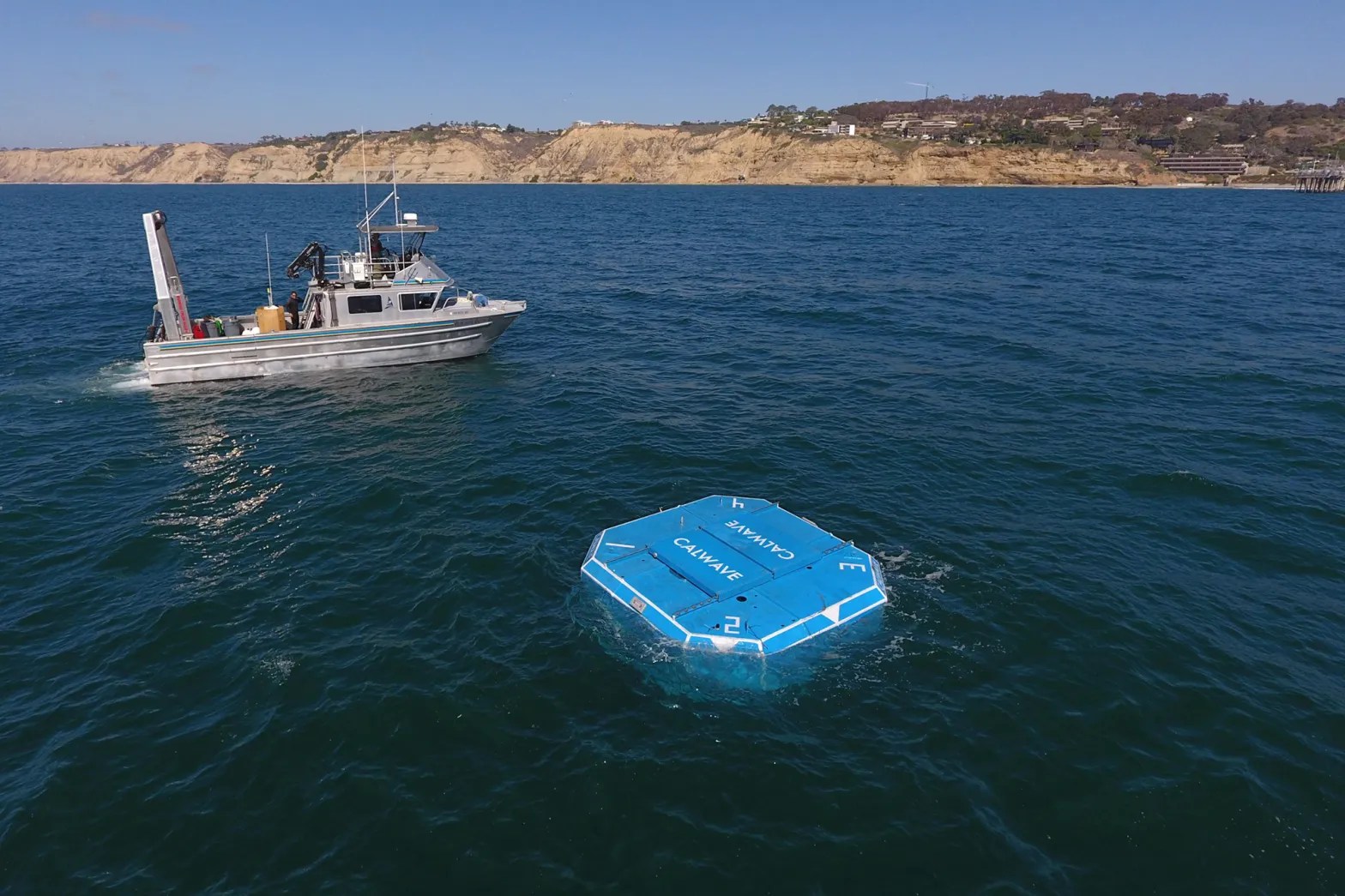
Courtesy of CalWave
But the dream has not died. California is already hosting wave energy projects, including one being assembled at AltaSea, a public-private research center that supports marine scientists focusing on the so-called Blue Economy. It operates out of a 35-acre campus at the Port of Los Angeles.
Its CEO is Terry Tamminen, a former California environmental secretary, who had a hand in writing the new wave and tidal energy law. Tamminen said wave energy has been ignored by some state and federal officials in the face of “irrational exuberance” for offshore wind.
He said the smaller, cheaper wave energy development would help the state meet its clean energy goal and could produce power well before massive floating offshore wind projects.
One of AltaSea’s tenants, Eco Wave Power, is designed to deploy near shore, in breakwaters and jetties that roil with moving water. Its floating, paddle-like arms bob up and down in waves, triggering hydraulic pistons that power a motor.
Tamminen said the system is “ready to deploy. Within two years we could have a commercial installation of Eco Wave technology.” The demonstration project will be installed at a wharf in L.A.’s harbor and will not generate any significant power, he said.
California is not likely to see much electricity from tidal energy, said Jason Busch, executive director of Pacific Ocean Energy Trust, an Oregon-based nonprofit fostering research into marine energy. He said the state of Washington is more conducive to this new energy, for example, because it has deep bays and estuaries for funneling water through turbine equipment.
“A little bit of homework would have told you there isn’t much of a tidal opportunity in California,” he said.
A small number of companies are preparing to launch pilot wave projects in other states. The Navy operates a wave energy test site in Hawaii; three developers are preparing to launch new projects in the water there.
PacWave, which operates two test sites off Newport, Oregon, is another demonstration project. A California-based company, CalWave, which concluded a 10-month demonstration off the Scripps Institute of Oceanography’s research pier in San Diego, will deploy its wave energy devices in a grid-connected, pre-permitted open-water test. The demonstration at the Oregon site is scheduled to begin next year.
Much is riding on the success of the project, which took 11 years to acquire permits. Some testing has been conducted with small-scale versions of the final device, but not in harsh open water conditions and with no expectation of supplying power to the grid.
“It’s the first-of-its-kind full-scale deployment. Not in ‘nursery’ conditions. It’s the real world, off you go,” said Bryson Robertson, director of the Pacific Marine Energy Center at Oregon State University, which is constructing the two testing sites. “We want to prove that we can deliver power.”
Robertson, an engineer who studies wave dynamics, said one of the technologies being tested places large, buoyant squares in the water just below the surface, attached by lines to the sea floor. Kinetic energy is created as the floats bob and pitch with the action of the waves.
Some companies’ technology sits atop the waves and others are fully submerged. Another is deployed on the surface and moves like a snake, with each segment creating energy from its movement. Each bespoke device is expensive, and some of the one-of-a-kind devices can cost $10 million to design and build.
The industry “hasn’t narrowed in on a winning archetype,” Ramsey said. Some smaller designs can be picked up and thrown off a boat, he said, while others are large enough to need a boat to tow them into position.
To Busch, it’s a critical moment for ocean energy, with small companies requiring years to raise enough funding to continue testing. And with attention on the industry, they cannot afford to stumble.
“Early companies that got full-scale machines in the water committed the mortal sin of overpromising and under-delivering to shareholders. One by one they went into bankruptcy,” he said.
“This is the second generation. These machines can only be developed toward commercial viability by putting them in the water and assessing their performance. That process is very long. Companies receive only limited private capital. The venture capital model does not fit marine energy. It’s a long slog to build and deploy and make money.”
In the near future, wave and tidal energy may not provide huge amounts of power in the clean-energy mosaic that will form the grid, but the technology may prove to be one of the most versatile. Experts say marine power doesn’t have to be transported to shore to be useful — it could charge oceangoing vessels, research devices, navigation equipment and aquaculture operations.
Closer to shore, modest wave-powered projects could support small, remote so-called “extension cord communities” at the end of the power supply. Federal researchers also foresee ocean power being used for desalination plants.
Wave-powered generators and other renewables are already supplying all of the needs of the Orkney Islands in Scotland, with the surplus energy used to create hydrogen to run ferries to the mainland.
Lots of unknowns
New technology often comes cloaked in questions: How will the wave devices impact marine animals, shipping and other ocean users? What about transmission lines and possible floating power stations?
“Blue energy synergy’ is a future possibility, with wave projects sited alongside floating offshore wind projects, allowing the power producers to share transmission lines and other infrastructure.
The state report due next year is meant to answer those questions and more.
“We still don’t fully understand all of the interactions of the device in the marine environment,” Ramsey said. “Until you can put devices in the water and get long-term data collection, we don’t know. We do try to extrapolate from other industries and activities in the ocean — oil and gas, offshore wind — but that only gets you so far.
“I think the potential is so enormous. If we can figure out how to do it cost-effectively, I know it will get solved. I hope the U.S. is at the forefront of solving that. If we lose a big industry to overseas, that is a lost opportunity.”
This story was originally published by Grist with the headline Blue power: Will ocean waves be California’s new source of clean energy? on Dec 9, 2023.


